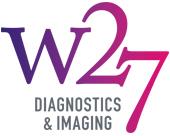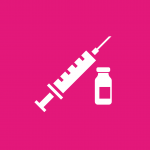The whole procedure under USS-Guidance can take upto 25 minutes. We recommend you to rest the injected joint/body region as much as possible for the first 24-48 hours to help achieve maximum benefit from the injection. There may be some worsening of the pain following the injection in the first 24-48 hrs, but this should subside over the next few days. Please be aware that corticosteroids may take upto a week or so to fully take effect.
Rare, generic complications of steroid injections can include pain, infection, allergic reaction, skin discolouration, skin dimpling, vivid dreams and heavy periods in women. The consent process for injections will allow you to discuss any concerns further.
Talk to your doctor if you are taking Warfarin or other blood-thinning medication as there is a small risk of bleeding into your joint or surrounding soft tissues. You will need to notify the radiologist of your most recent blood test INR level if on warfarin, to ensure a safe injection can be performed.
You should also inform your doctor if you are pregnant or allergic to steroids.





